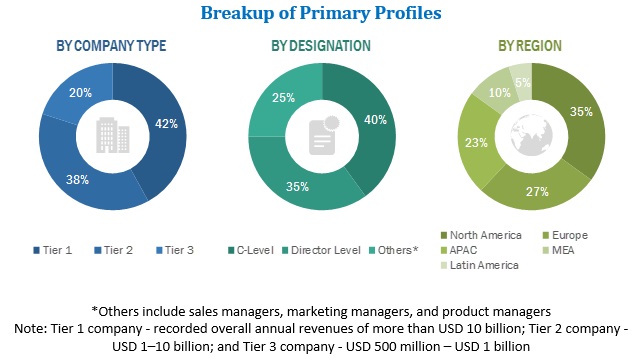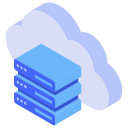What is Cloud ERP?
ERP stands for Enterprise Resource Planning. In Cloud ERP, the software is installed on the server provided by the vendor. The vendor is responsible for installing, maintaining, upgrading and securing the application and Customer’s data. The customer user accesses the ERP application through the internet. The distinguishing feature of Cloud ERP is the ‘Thin Client’, meaning no software is required to be installed on the user machine to access the ERP system.






